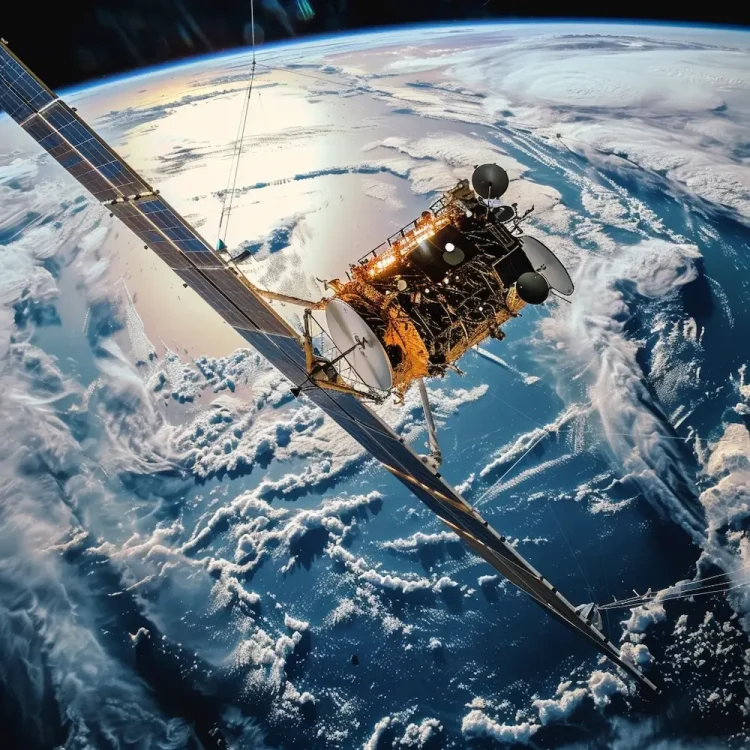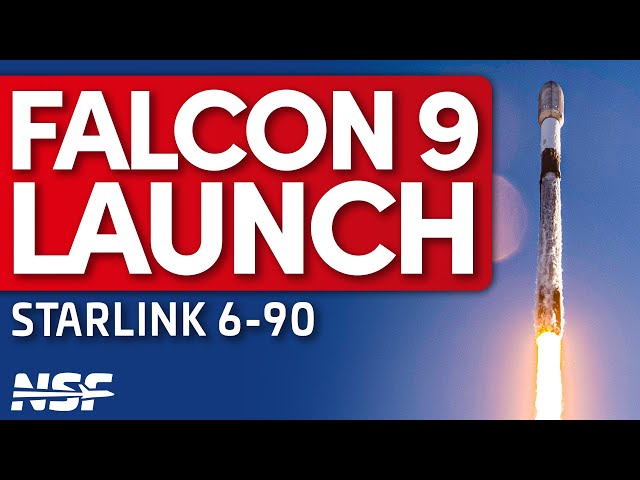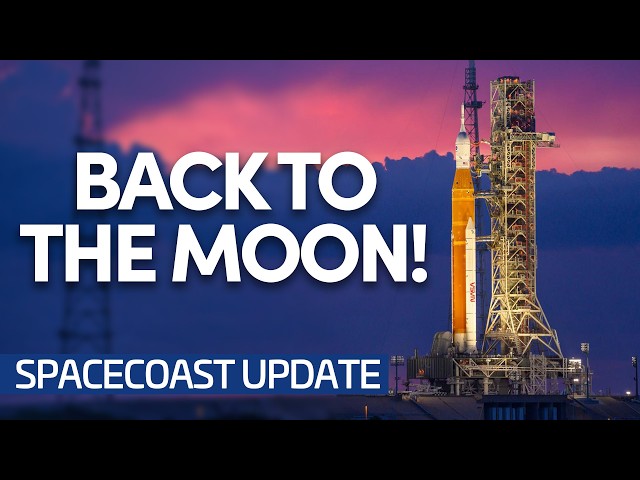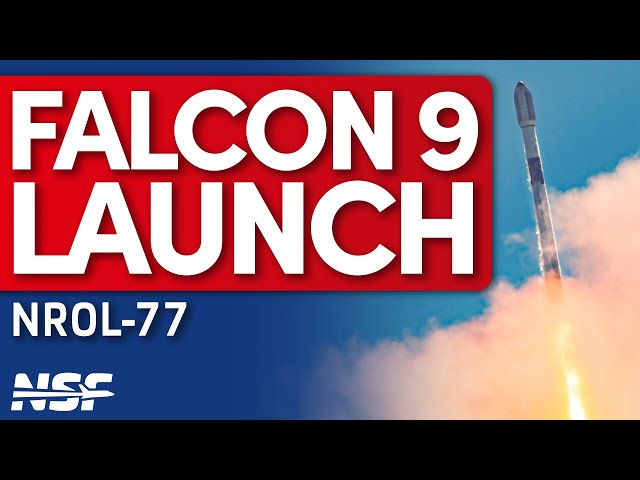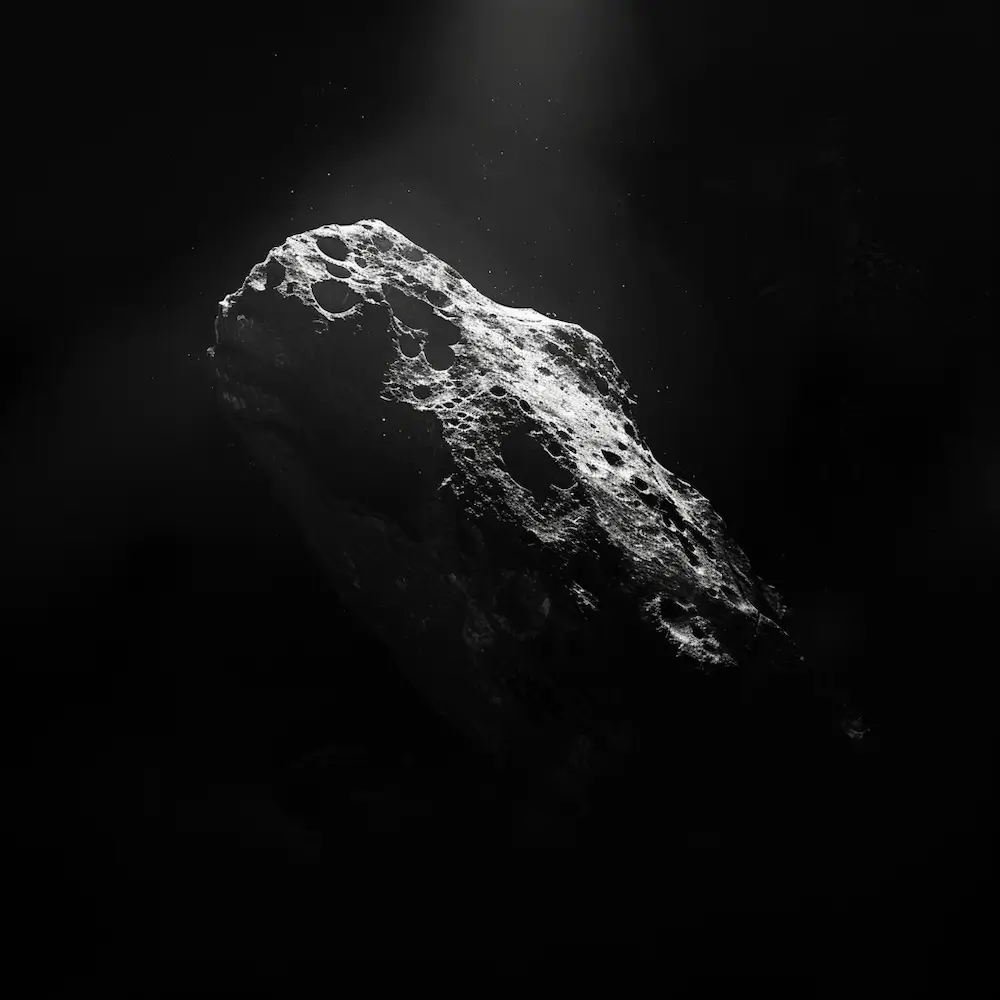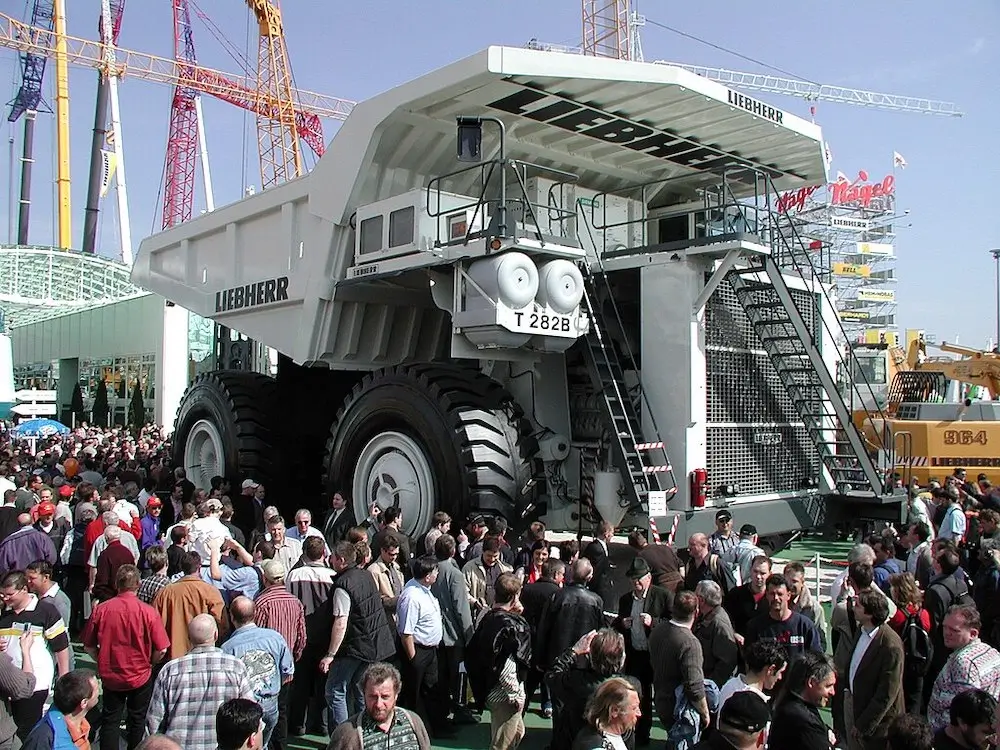A non-functional Russian satellite exploded in low Earth orbit, creating a debris cloud that prompted astronauts aboard the International Space Station to seek shelter in their spacecrafts.
The satellite, Resurs-P1, broke apart into at least 180 pieces on June 26. Fortunately, there were no collisions, and the ISS continued its normal operations.
NASA issued instructions to the crew to take shelter upon receiving information about the satellite breakup, as a standard precautionary measure. The U.S. Space Command also confirmed there was no threat to the crew and is monitoring the situation to prevent future space hazards. The cause of the satellite breakup is still unknown.
The debris cloud was initially detected by LeoLabs, a company that monitors objects in Earth’s orbit using radar networks. The incident occurred on June 26, with at least 180 pieces of debris identified.
Resurs-P1, launched in 2013 for Earth observation purposes, weighed approximately 6 tons and was retired in 2021, gradually descending to a lower orbit around Earth. It fragmented at an altitude of 355 kilometers and is expected to re-enter Earth’s atmosphere by the end of the year. The ISS orbits Earth at an altitude of about 400 kilometers.
The exact cause of the satellite’s breakup remains a mystery, but it could involve improper decommissioning, allowing internal energy buildup that led to the explosion. After completing their missions, satellites typically undergo passivation to remove potential energy sources like batteries to prevent unexpected explosions in orbit.
Another possibility is a collision with unexpected space debris, or potentially being struck by a Russian anti-satellite ASAT projectile. This incident mirrors a similar event in November 2021 when Russia intentionally destroyed a non-functional satellite with such a projectile, resulting in nearly 1,800 trackable debris pieces and necessitating ISS crew sheltering.
However, official details are still pending. The UN adopted a resolution against satellite-destroying missile tests in 2022, but Russia and China opposed it.
As the space industry rapidly evolves, regulations must keep pace. With increasing satellite launches each year, the risk of collisions grows, posing threats to operational spacecraft and future space missions.
